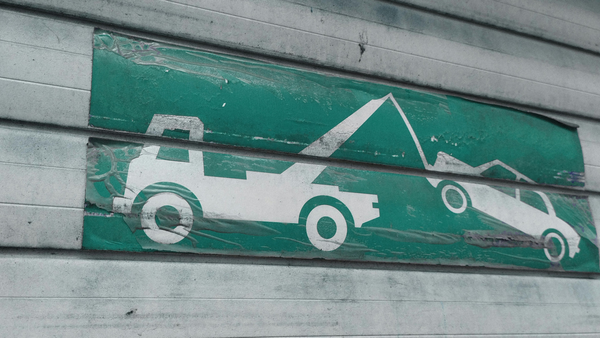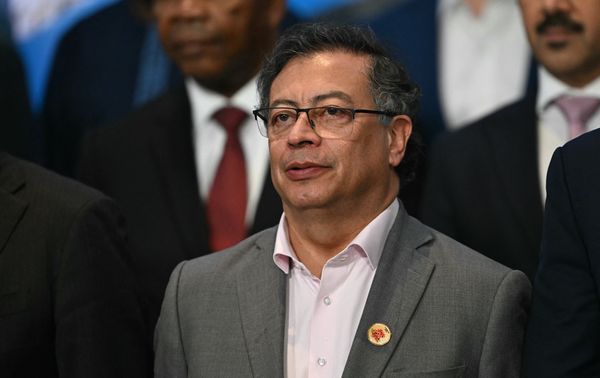Some people have a knack for finding humor in places we least expect it—like history. Where some see dry numbers and confusing maps, the aptly titled Instagram account 'History Jokes' points out the absurd, ironic, and unexpectedly hilarious moments that make the past come alive.
Whether it's a dictator and their view of the world or the start of a big war, nothing and nobody is safe from becoming a meme. Boasting just under 65K followers, the account definitely isn't the biggest, but it offers a fresh perspective on both well-known and obscure historical topics.
More info: Instagram
#1
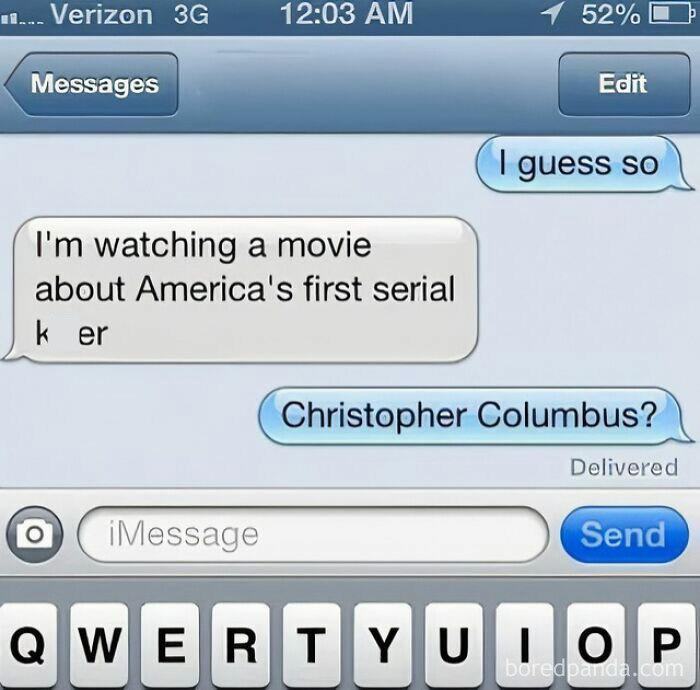
Image credits: historyjokes
#2

Image credits: historyjokes
Whether we're looking at textbooks or memes, "consuming" history has become a much more visual activity than ever before.
To gain a better understanding of this trend, we got in touch with Howard Dorre, writer and co-host of the presidential history blog and podcast Plodding Through The Presidents, which he creates with his wife.
"Photography made the distant world more real," Howard told Bored Panda. "The horrors of war. The beauty of a medieval cathedral. Even the kind eyes of a presidential candidate. In fact, Abraham Lincoln credited photographer Matthew Brady as the reason he won the presidency."
#3

Image credits: historyjokes
#4
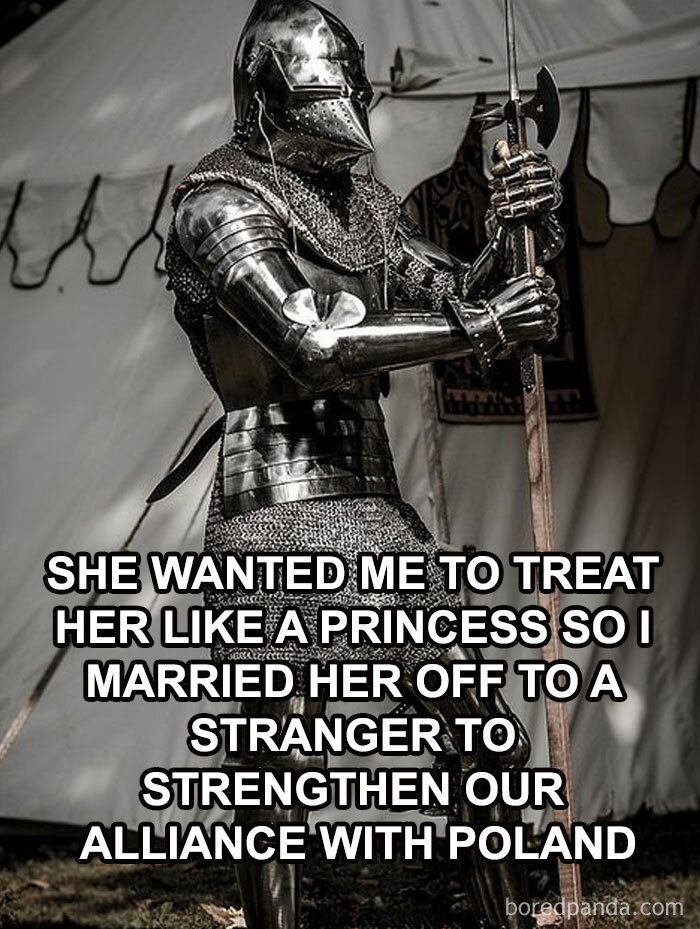
Image credits: historyjokes
#5
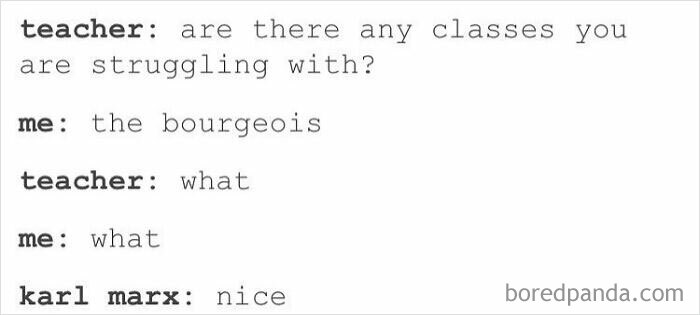
Image credits: historyjokes
While they can bring history to life, photographs can also mislead or and straight up manipulate us. The immediacy and emotional resonance of an image can make fake narratives seem convincing, so it’s crucial to remember that every photograph is created with some sort of intention.
"Historians view photographs, like they view all historical records, in context, considering the agenda of the subject and the photographer and whoever is sharing the image," Howard said. "It is true that a photograph is a primary source, but so is a diary. And both can be intentionally deceptive."
#6
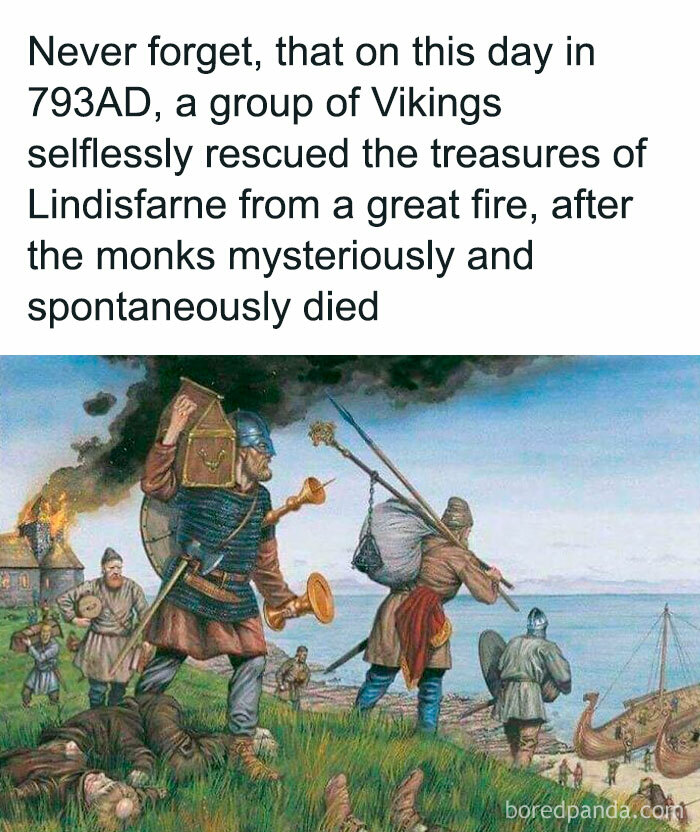
Image credits: historyjokes
#7

Image credits: historyjokes
#8

Image credits: historyjokes
#9
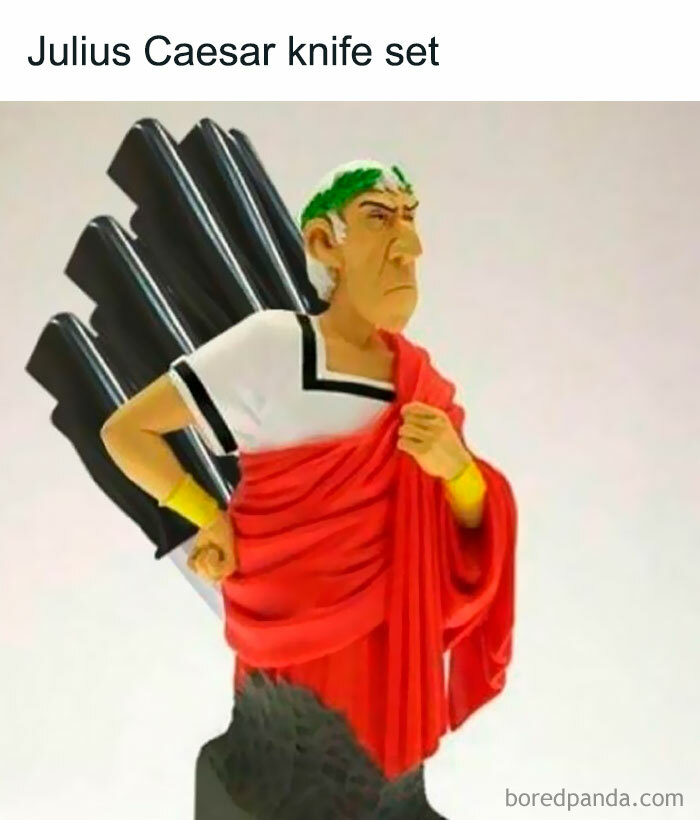
Image credits: historyjokes
The best way to evaluate a picture is to ask systematic questions to it. If it's a photograph, these questions can focus on the person who took it, the people whose photograph was taken, the people and objects out of the limits of the photograph, which culture marks the photograph's atmosphere carries, if there is a set up in the photo or not, the time it was taken, the details of the photograph, and its contribution to the whole, the mood, status, and occupation of the people in the photograph.
#10
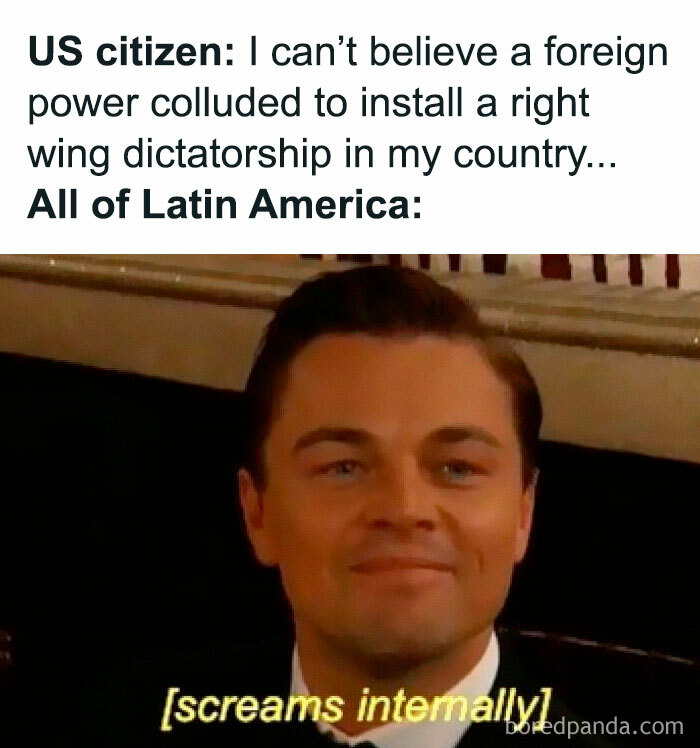
Image credits: historyjokes
#11
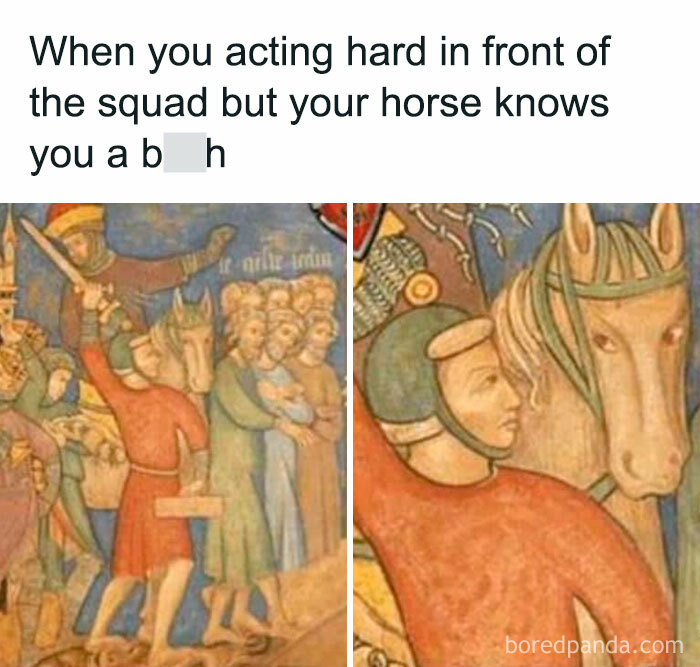
Image credits: historyjokes
#12
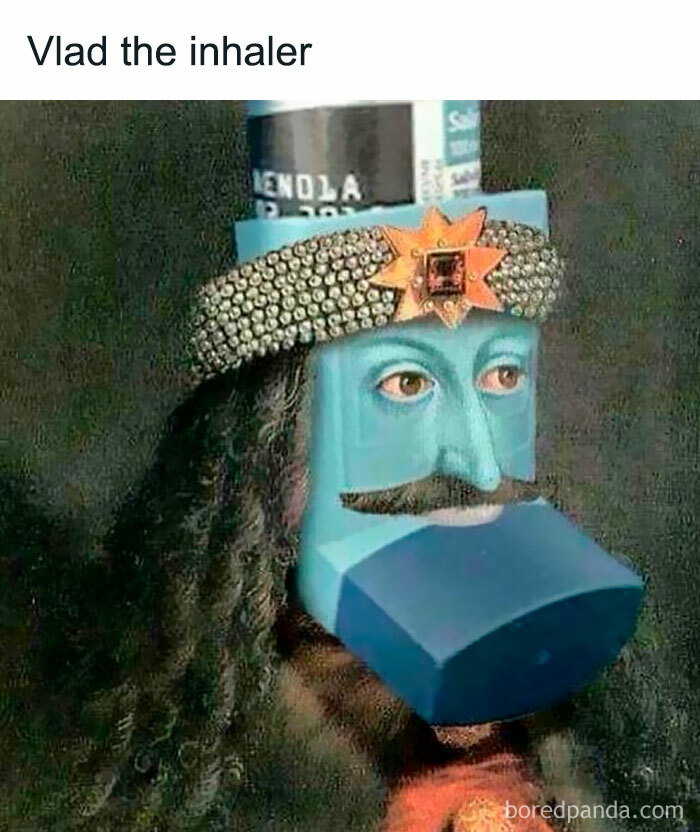
Image credits: historyjokes
#13
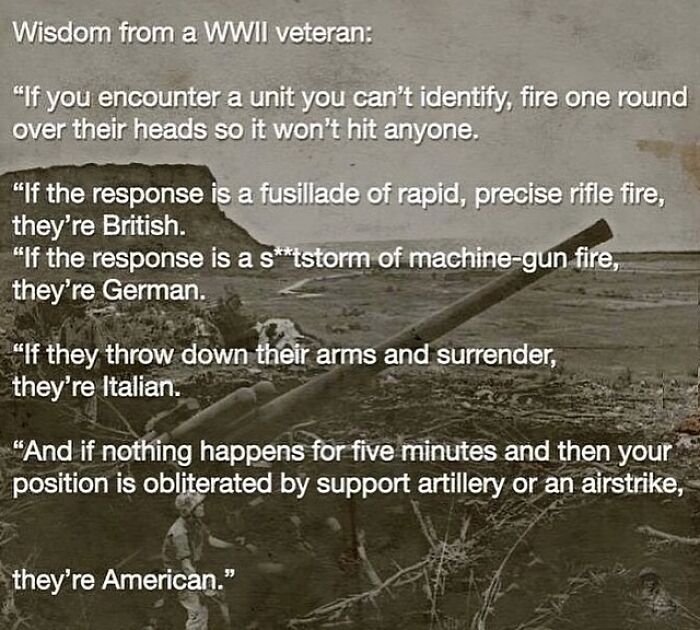
Image credits: historyjokes
"It's also important to note that the concept of photoshopping is as old as photographs themselves," Howard of Plodding Through The Presidents adds.
"Photo manipulation was used for various purposes—to improve subjects' appearance, convince customers that the ghosts of their loved ones had been captured on film, or for comedic effect—like the altered image of Theodore Roosevelt riding a moose in a river."
#14

Image credits: historyjokes
#15
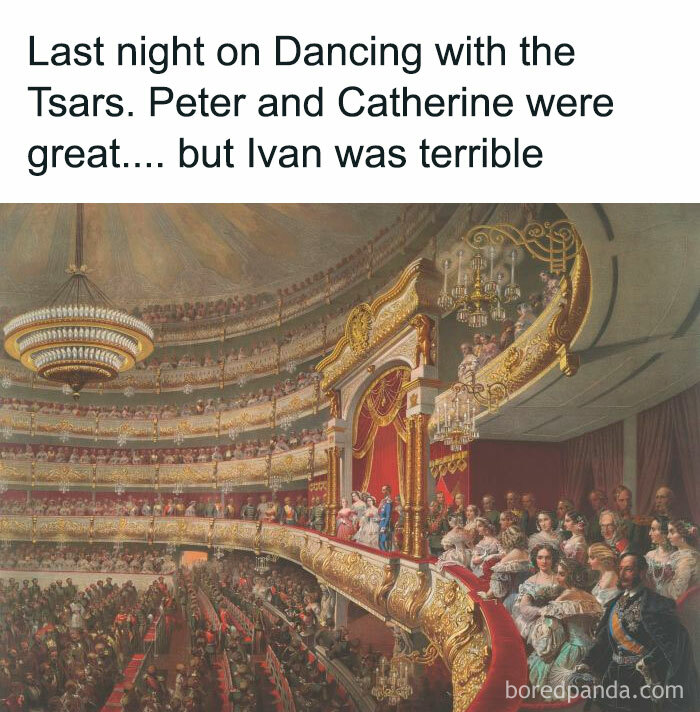
Image credits: historyjokes
#16
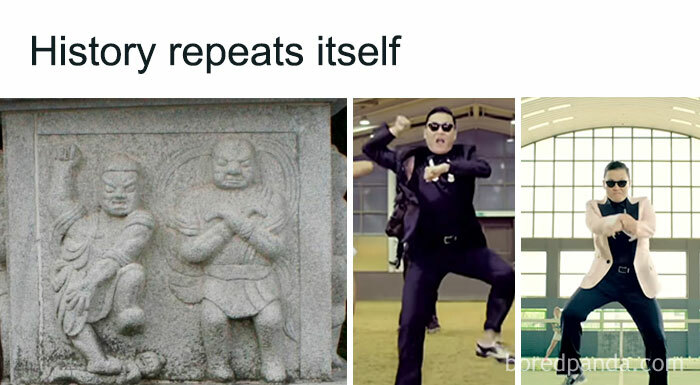
Image credits: historyjokes
#17
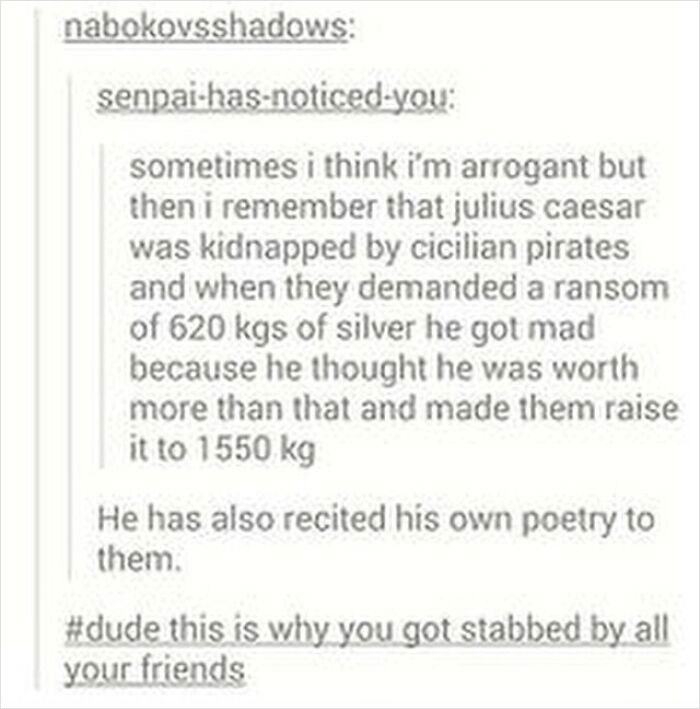
Image credits: historyjokes
#18
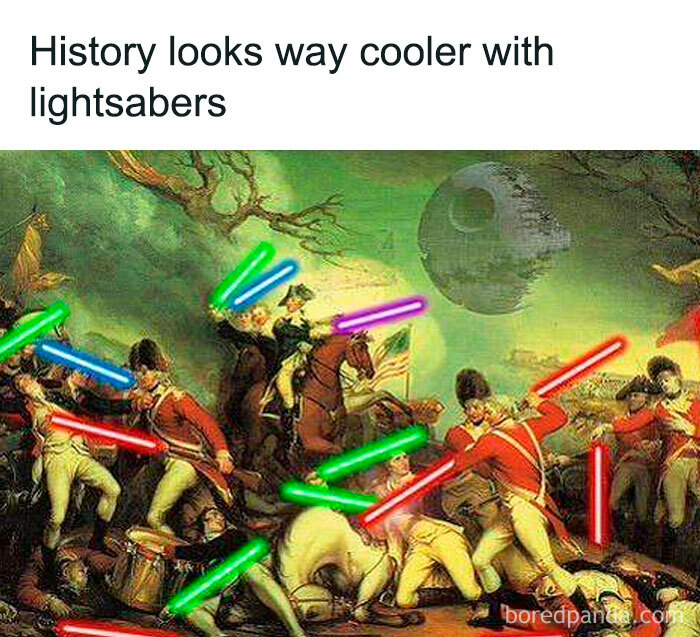
Image credits: historyjokes
#19
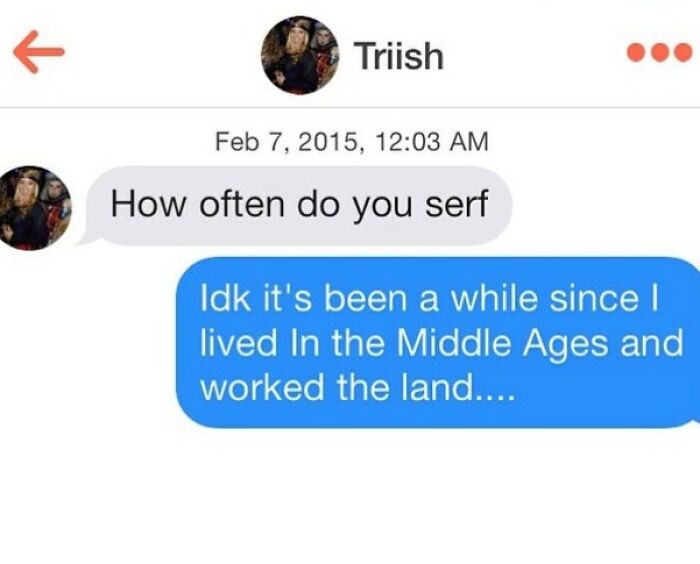
Image credits: historyjokes
#20
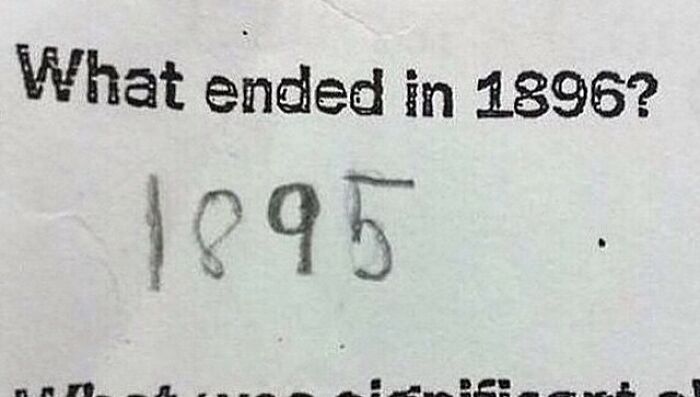
Image credits: historyjokes
#21
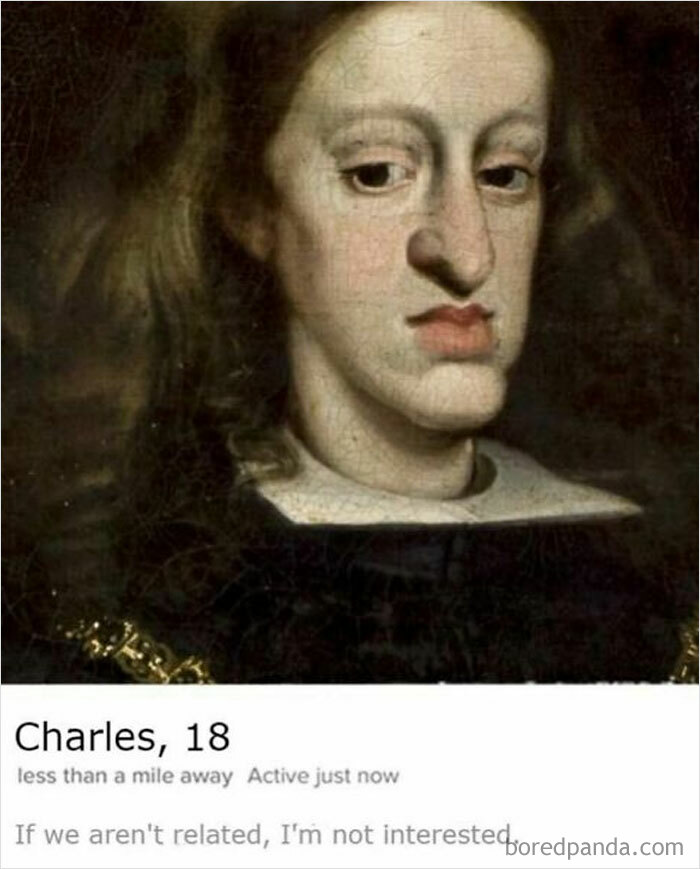
Image credits: historyjokes
#22
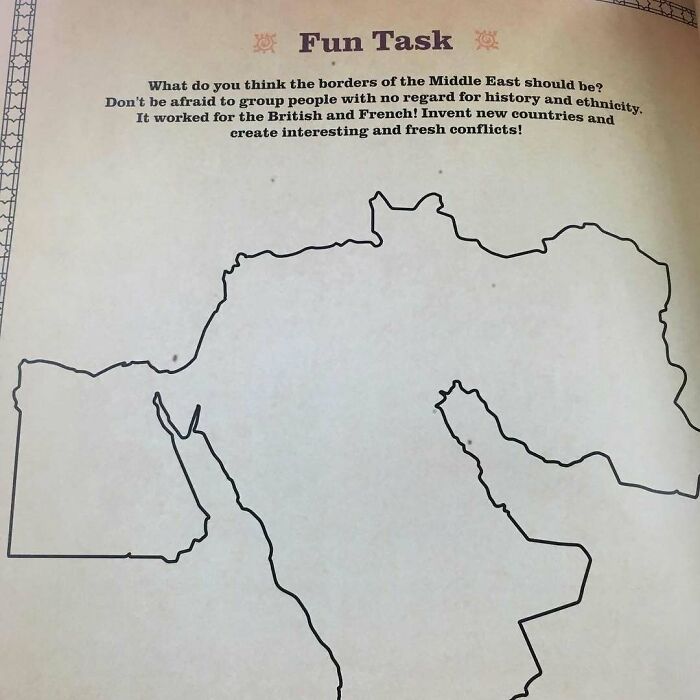
Image credits: historyjokes
#23
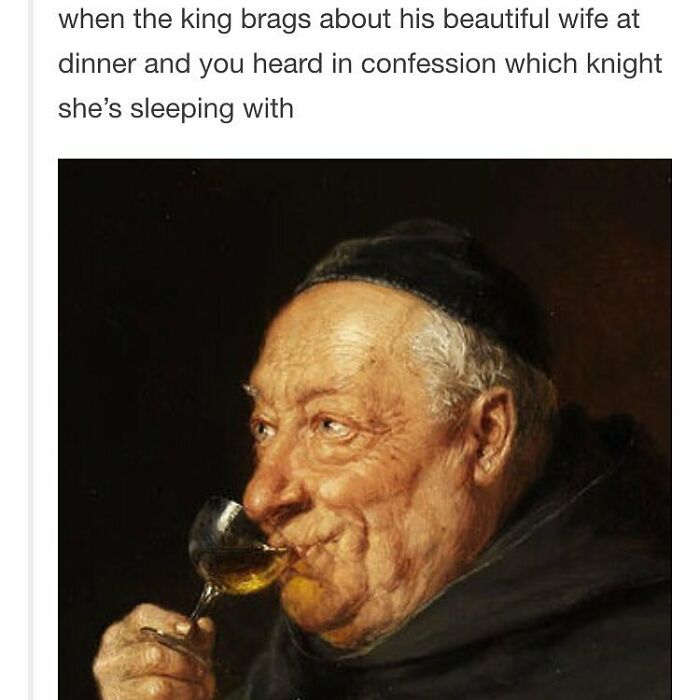
Image credits: historyjokes
#24
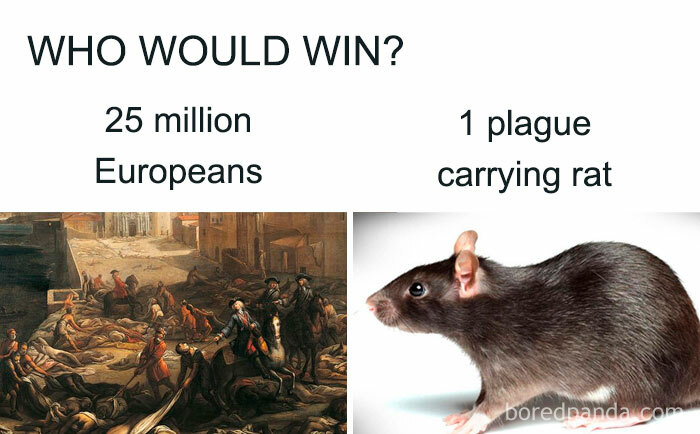
Image credits: historyjokes
#25
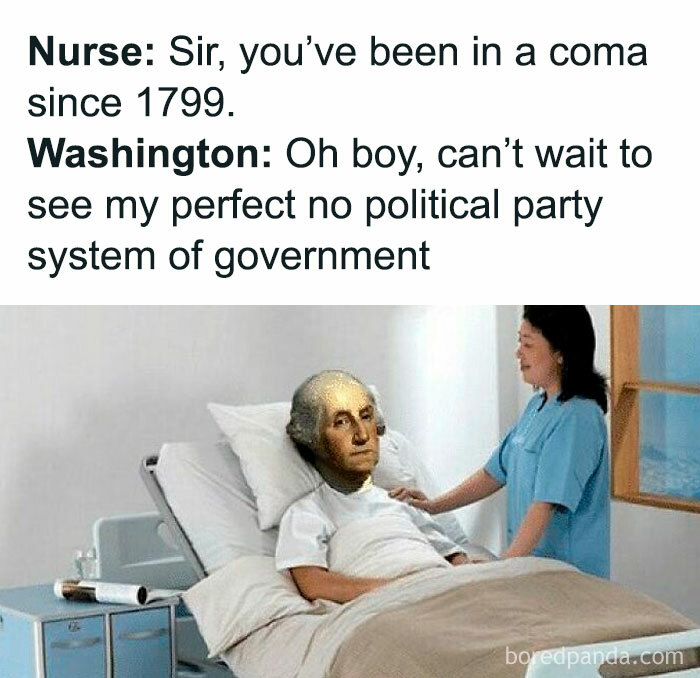
Image credits: historyjokes
#26
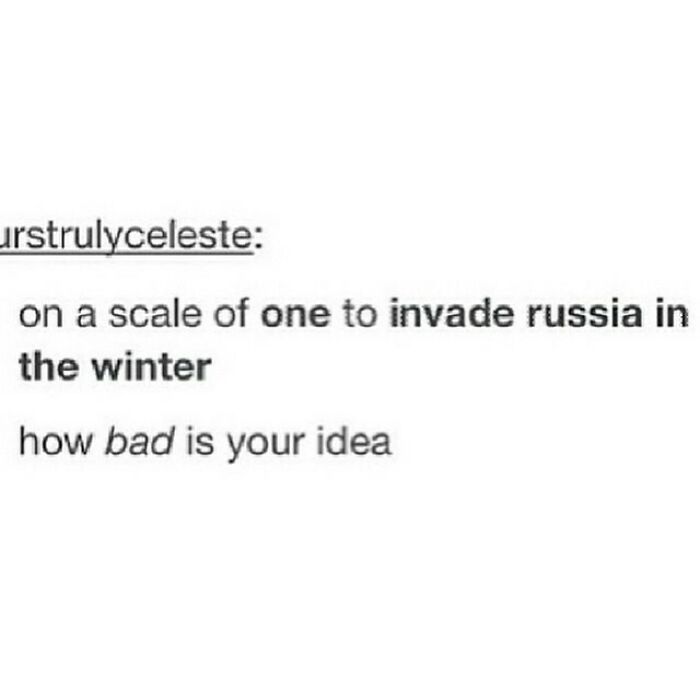
Image credits: historyjokes
#27
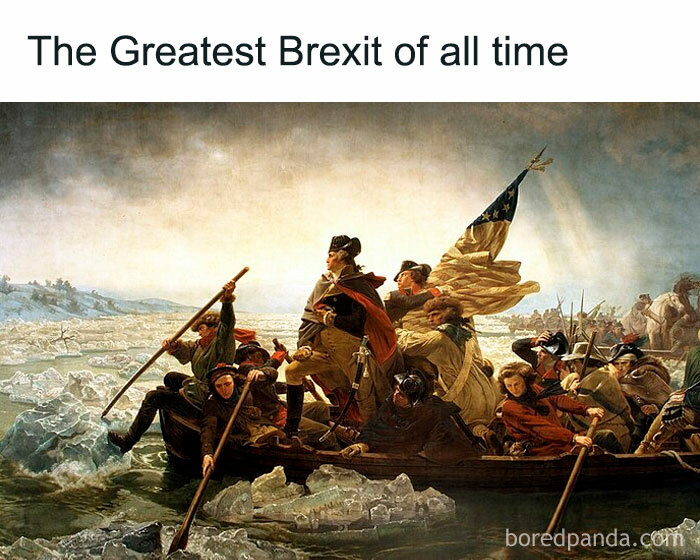
Image credits: historyjokes
#28
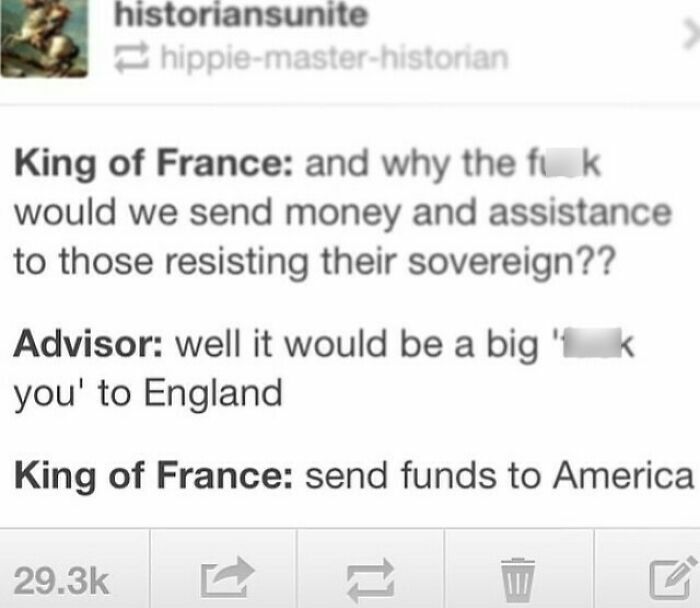
Image credits: historyjokes
#29

Image credits: historyjokes
#30
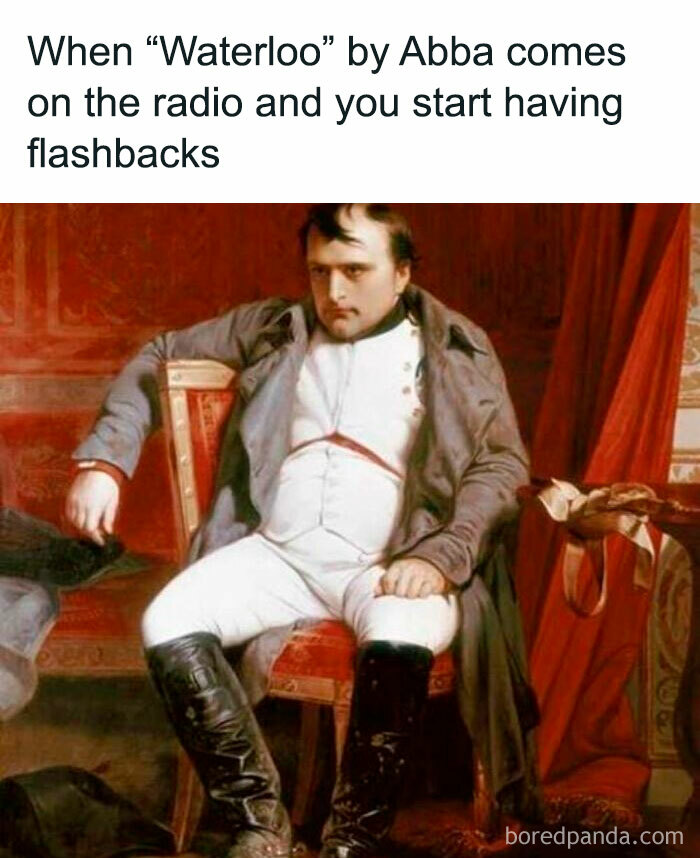
Image credits: historyjokes
#31
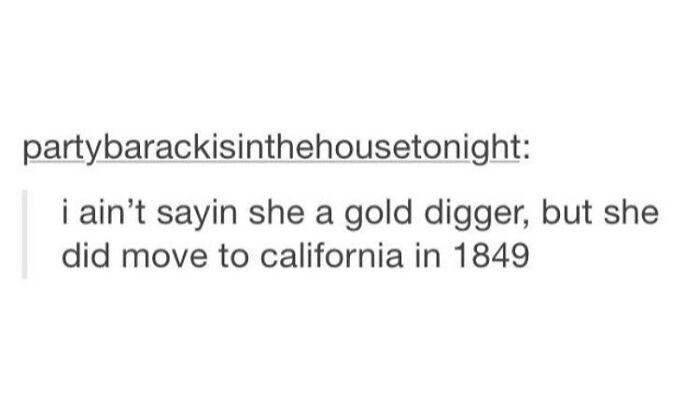
Image credits: historyjokes
#32
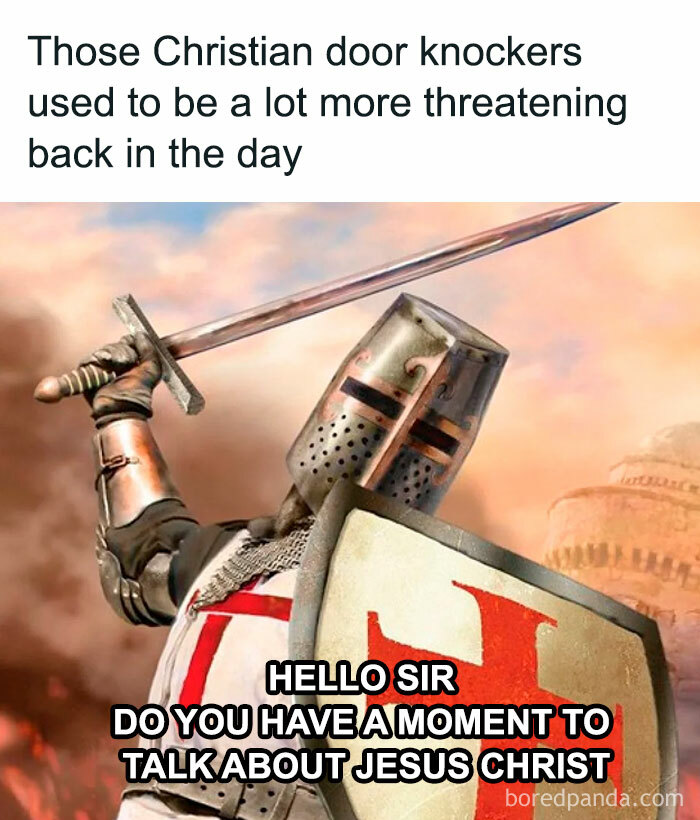
Image credits: historyjokes
#33
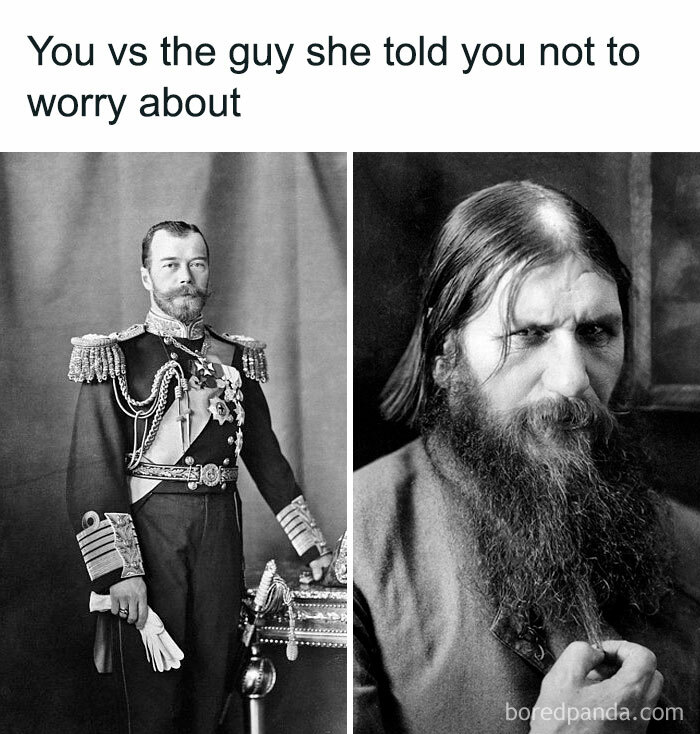
Image credits: historyjokes
#34

Image credits: historyjokes
#35
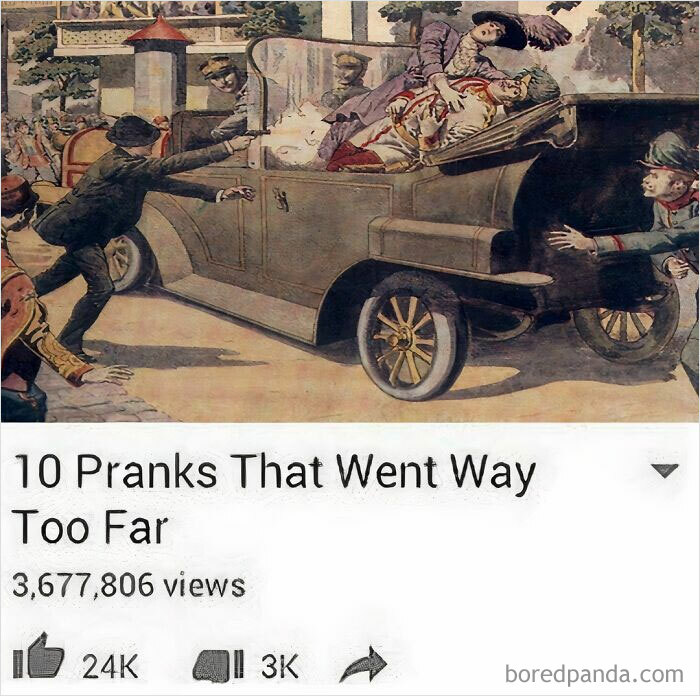
Image credits: historyjokes
#36
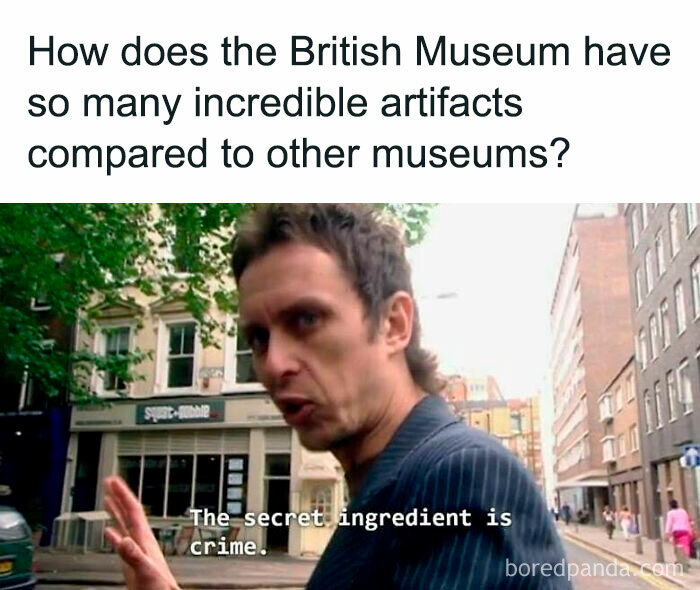
Image credits: historyjokes
#37
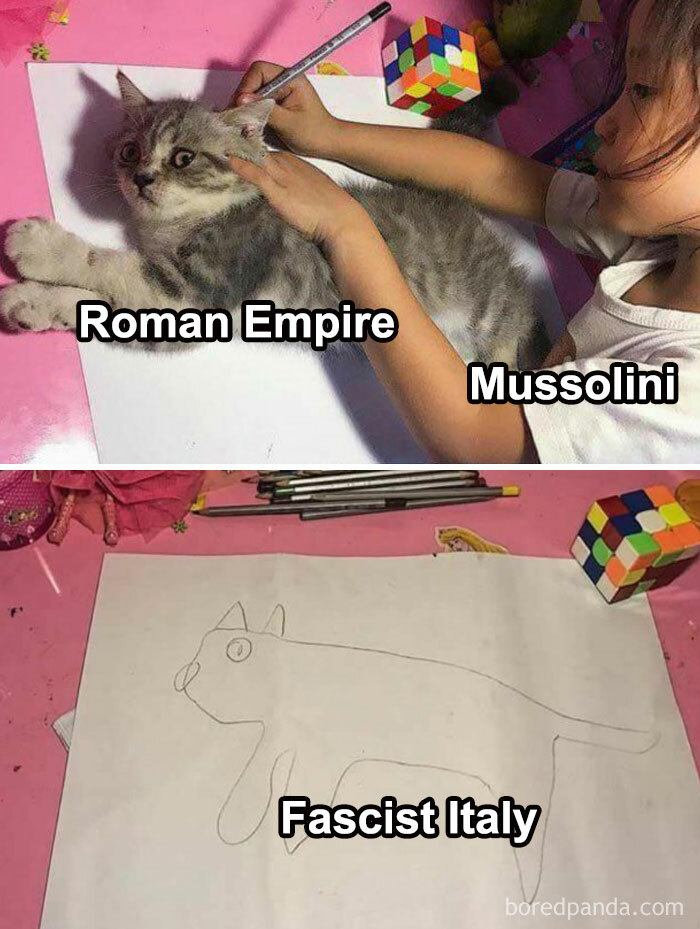
Image credits: historyjokes
#38
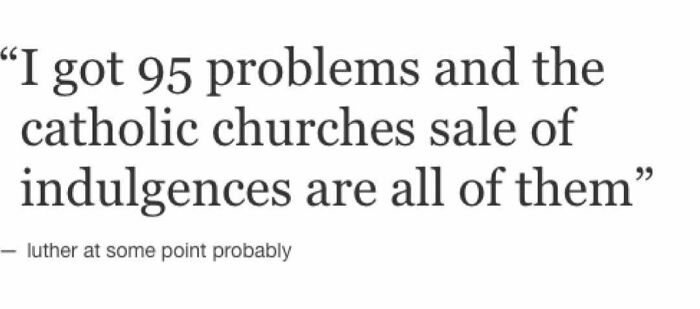
Image credits: historyjokes
#39
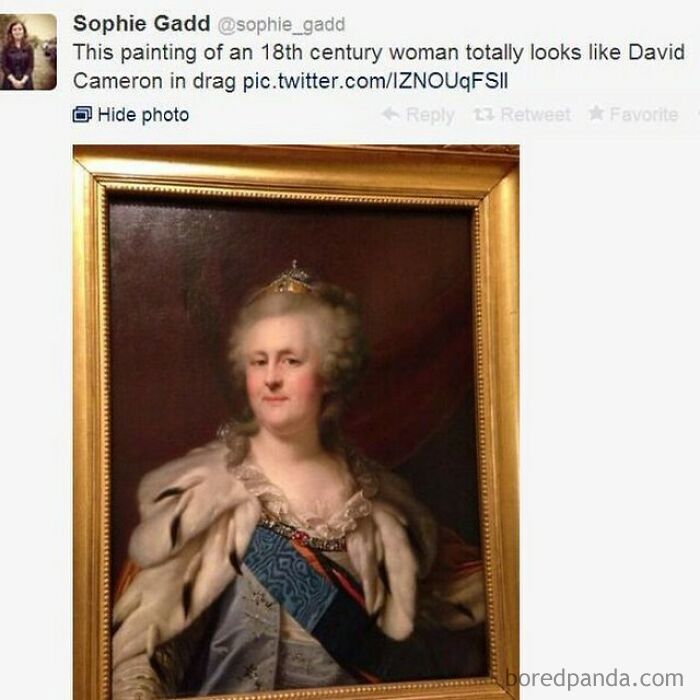
Image credits: historyjokes
#40
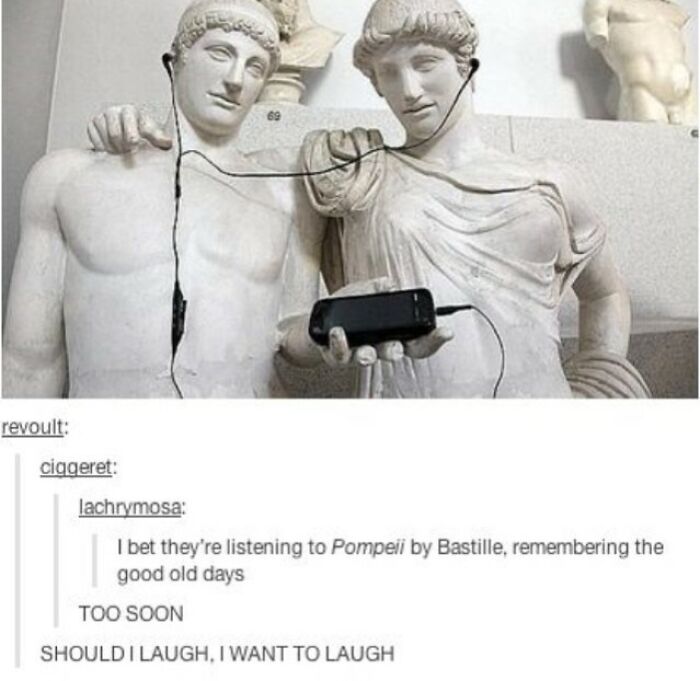
Image credits: historyjokes

